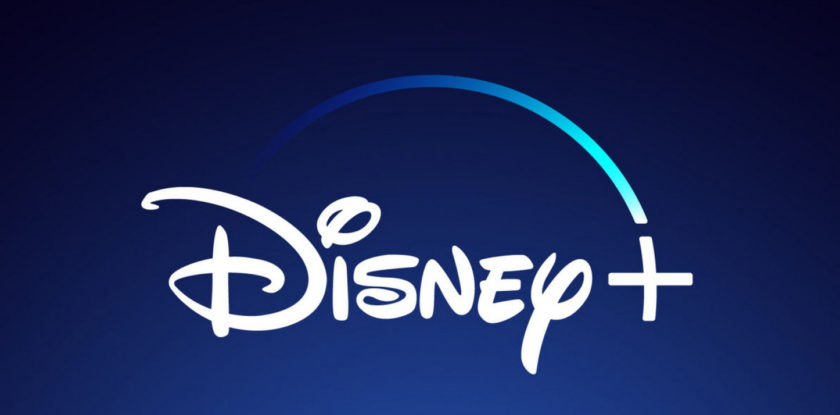M+E Connections

Disney Plus Momentum Continued in Q2 Amid Strong Streaming Demand
Story Highlights
Disney Plus shined for Disney in the second quarter (ended March 28) as momentum continued for the company’s over-the-top, direct-to-consumer streaming service despite challenges in other parts of its business created by the COVID-19 pandemic.
The company’s “top priority and key” to its growth continues to be its direct-to-consumer business and the “response to Disney Plus, in particular, has exceeded even our highest expectations,” according to new Disney CEO Bob Chapek.
“We have been thrilled with the performance of the service since our initial launch in November and we continue to expand into other markets,” he said May 5 on an earnings call. “In late March, as planned and despite COVID-19, we had an incredibly successful launch of Disney Plus in Western Europe, followed by a highly successful launch in India,” he noted.
Disney announced in early April that Disney Plus had surpassed 50 million subscribers globally in its first five months. “We’ve been quite pleased with the growth that we’ve seen in the four weeks since then and there is more to come, Chapek said on his first earnings call as Disney CEO.
As of May 4, “we estimate we had approximately 54.5 million Disney Plus subscribers, reflecting a subscriber mix generally similar to our mix” April 8, Disney CFO Christine McCarthy said on the call.
The Disney Plus launch in European markets during the quarter “contributed to a total paid subscriber base of 33.5 million at the end of the quarter,” she noted, adding: “We are very pleased with the success of our rollout in Western Europe and India, including the execution of previously announced deals with some European platforms to distribute the service to all paid subscribers on certain of the widely distributed tiers and in India to convert our pre-existing subscription-based Hotstar service to Disney Plus Hotstar.”
Up next: Disney Plus will start rolling out in Japan in June, followed by the Nordic countries, Belgium, Luxembourg and Portugal in September and Latin America “toward the end of the year,” according to Chapek.
Meanwhile, the “robust collection of library and original content available on Disney Plus continues to grow,” he said. That includes Disney’s “Frozen 2 “and Pixar’s “Onward,” which were “released early as a special offering for families as they shelter at home,” the subscription video on demand (SVOD) premiere of “Star Wars: The Rise of Skywalker” May 4 and the new behind-the-scenes documentary about the making of one of Disney Plus’s most successful series, “The Mandalorian,” along with the fall premiere of National Geographic’s original series, “The Right Stuff,” based on the book of the same name by Tom Wolfe about NASA’s project Mercury, Chapek noted.
Disney was also helped in Q2 by the “successful launch” of the FX on Hulu streaming hub March 2, he said. “Nearly 45 percent of Hulu’s subscribers have access to library, current and original content from the FX Networks on the service,” he noted, adding Hulu’s original series “continued to perform extremely well as evidenced by the critically acclaimed hit series ‘Little Fires Everywhere,’ among others.”
Hulu had 32 million total subscribers at the end of Q2, Chapek pointed out, adding: “We are enormously proud of what we’ve accomplished to date and we’re optimistic for the future.”
Despite the lack of live sports, meanwhile, ESPN has scored a hit with “The Last Dance,” its 10-part documentary series on Michael Jordan and the Chicago Bulls, which continues through May 17, Chapek noted. It’s the “most viewed ESPN documentary ever and currently ranks as the number one program in America among all key male” demographics, he said.
On the theatrical film front, despite the success of Disney Plus, the company remains committed to theatrical distribution, according to Chapek. “We very much believe in the value of the theatrical experience overall to launch blockbuster movies,” he said during the Q&A, adding: “We had seven $1 billion films in calendar year ’19. But we also realize that either because of changing and evolving consumer dynamics or because of certain situations like COVID, we may have to make some changes to that overall strategy just because theaters aren’t open or aren’t open to the extent that anybody needs to be financially viable.”
Therefore, Disney is “going to evaluate each one of our movies on a case-by-case situation as we are doing right now during this coronavirus situation,” he told analysts. The company recently decided to shift its Kenneth Branagh-directed adventure/fantasy film “Artemis Fowl” from a planned theatrical release to Disney Plus, he noted. However, “all our other tentpole movies have been rescheduled theatrically for later in the year, so we very much believe in the power of that launch platform for our big movies,” Chapek said.
Disney Q2 revenue increased 21% from a year ago to $18 billion thanks largely to its direct-to-consumer business. Media Networks revenue jumped 28% to $7.3 billion, while Studio Entertainment revenue grew 18% to $2.5 billion. Combined direct-to-consumer and international revenue soared to $4.1 billion from $1.1 billion.
However, income from continuing operations tumbled 91% to $475 million and earnings per share from continuing operations fell to 26 cents from $3.53. The biggest came from Disney’s parks division, where revenue fell 10% to $5.5 billion while operating income tumbled a whopping 58% to $639 million after the company closed its amusement parks globally due to the pandemic.









